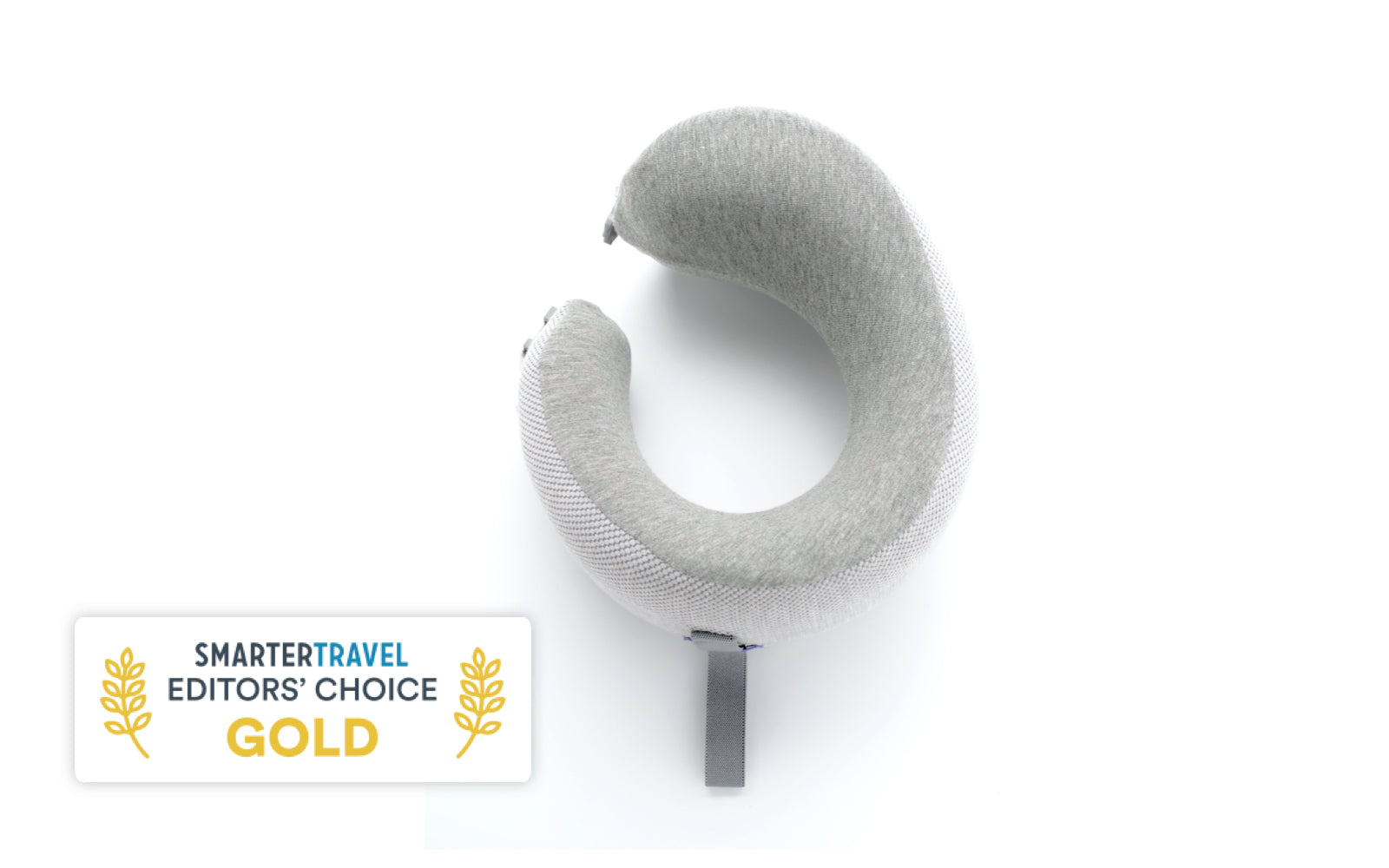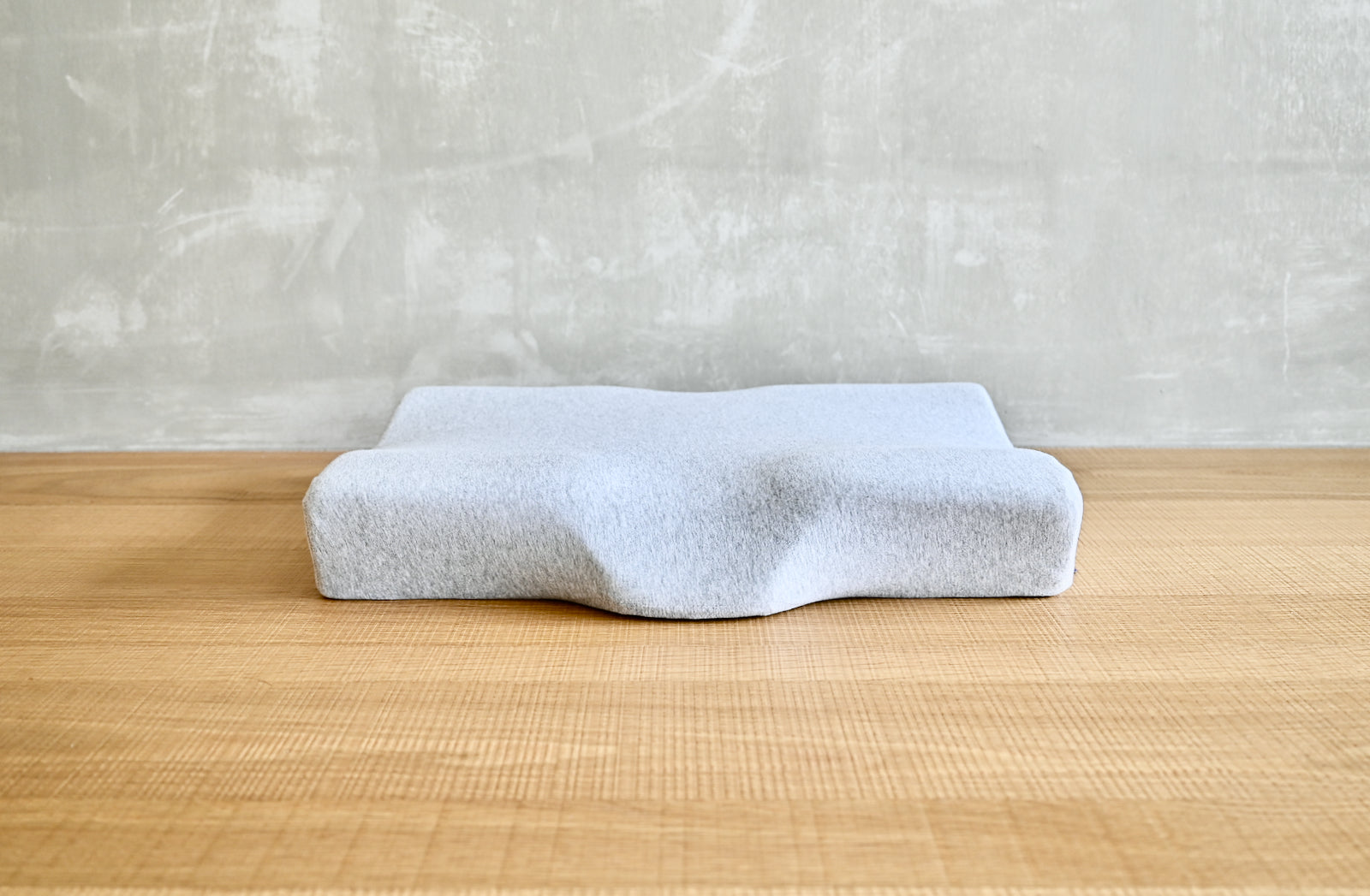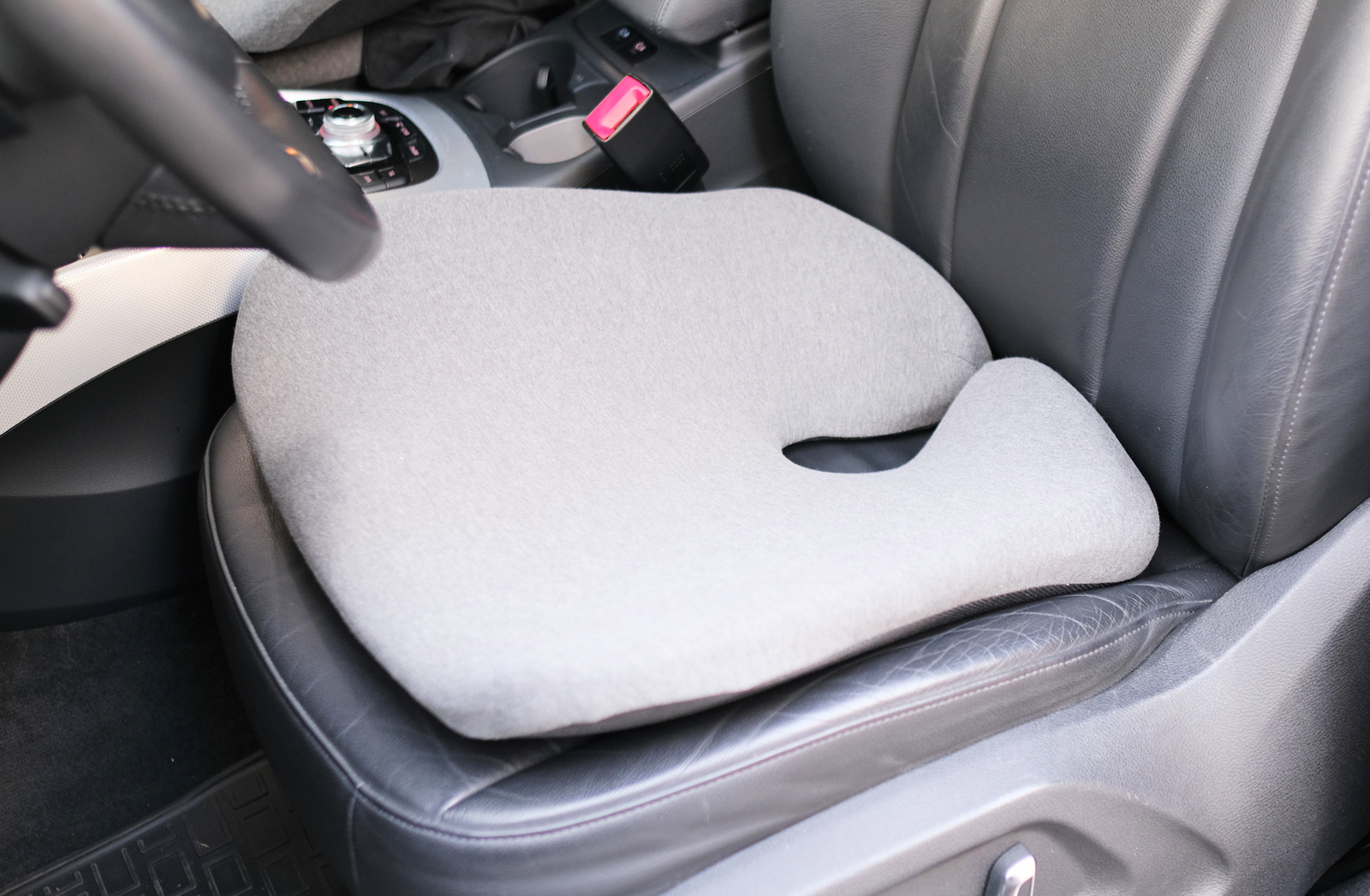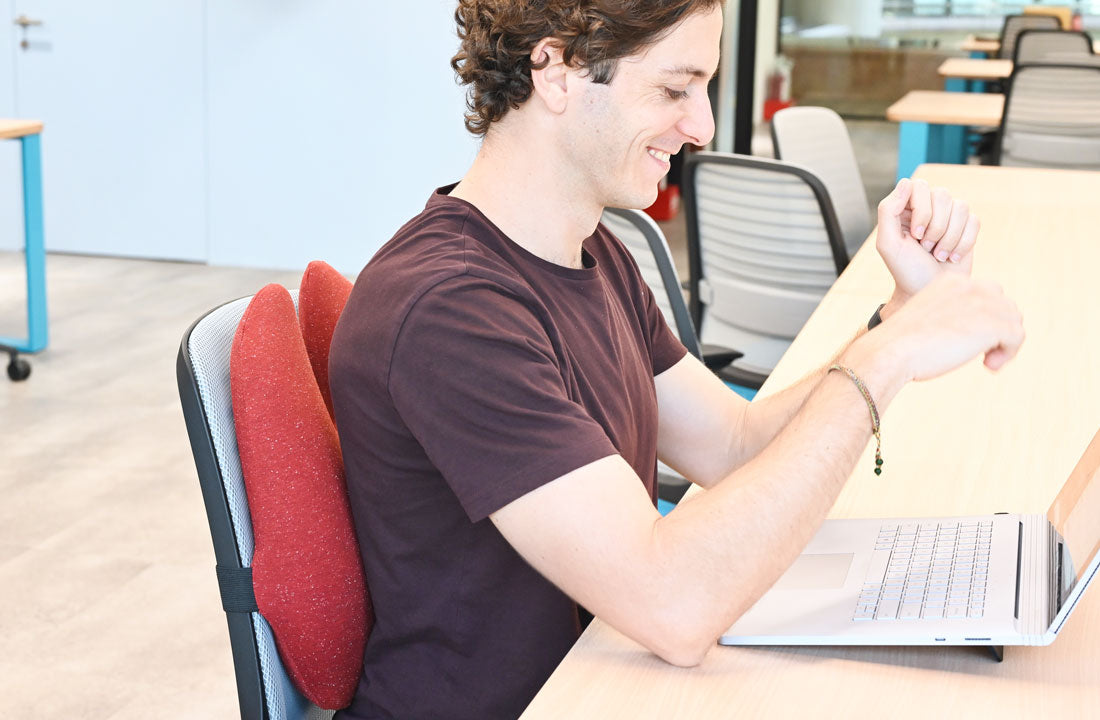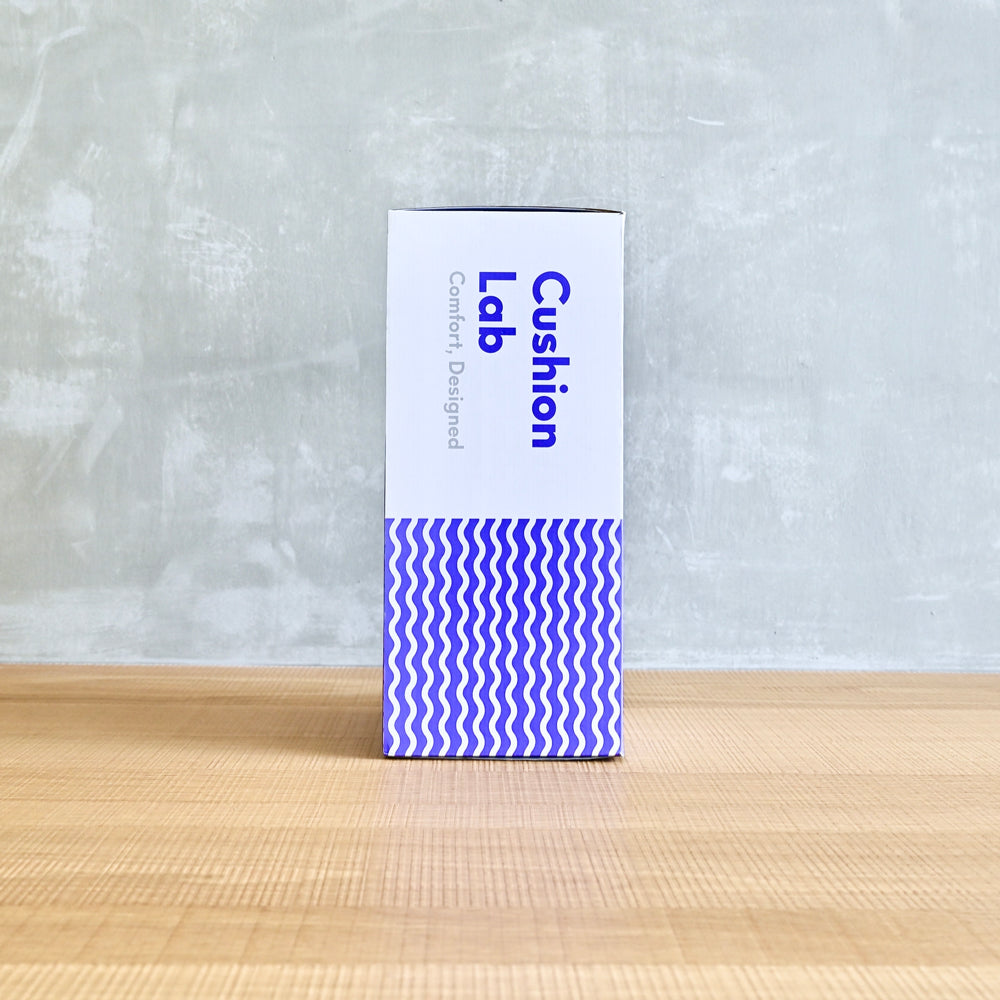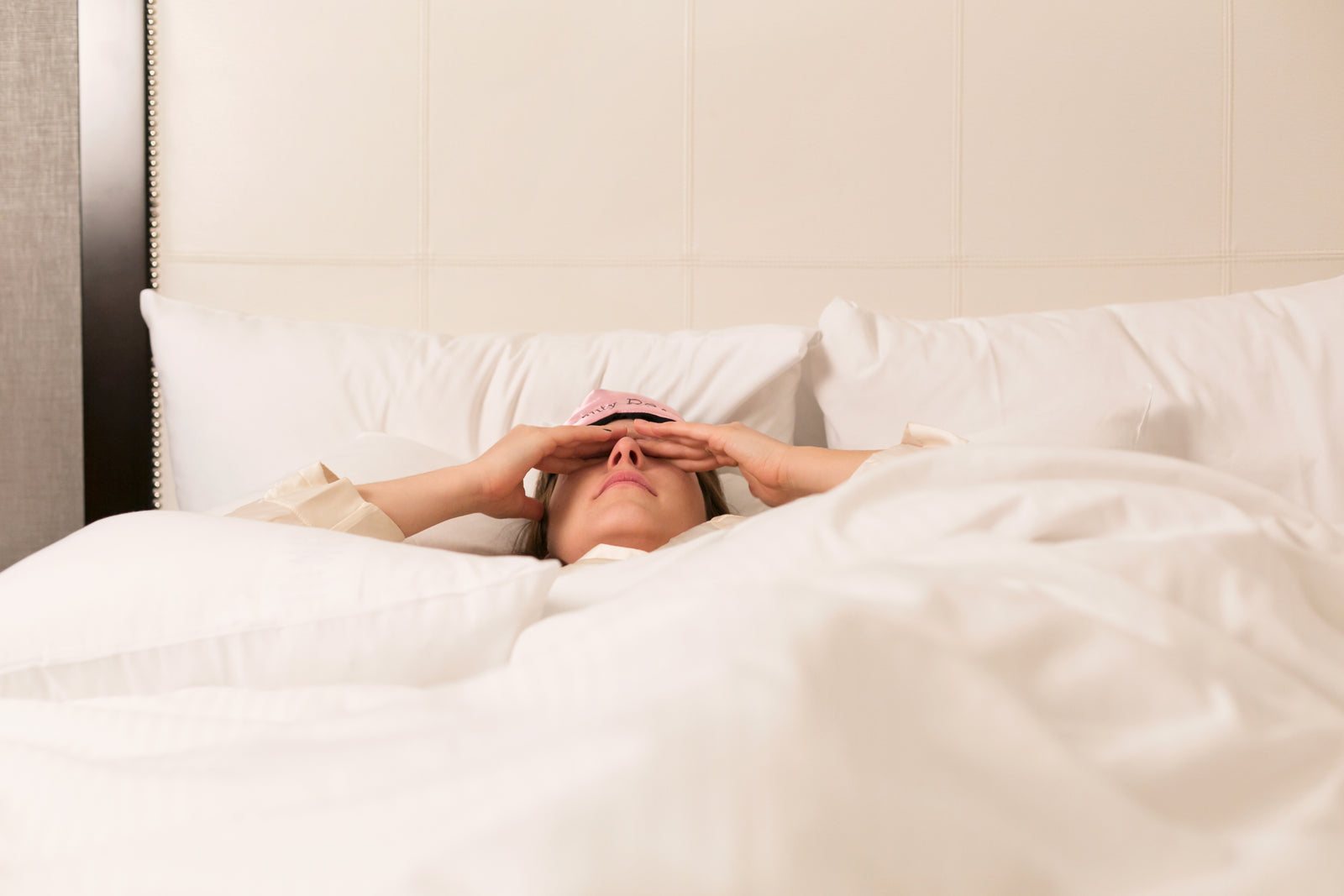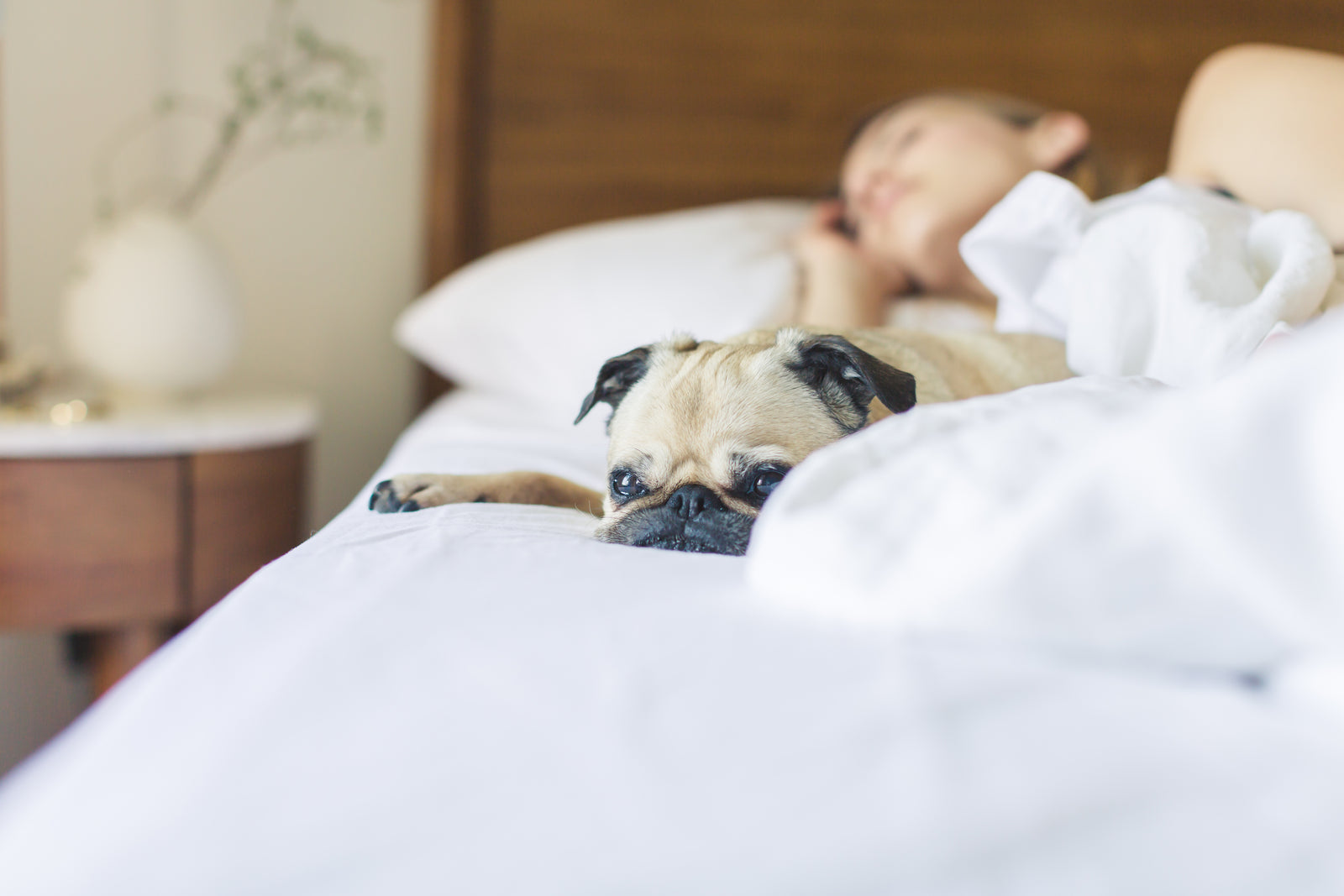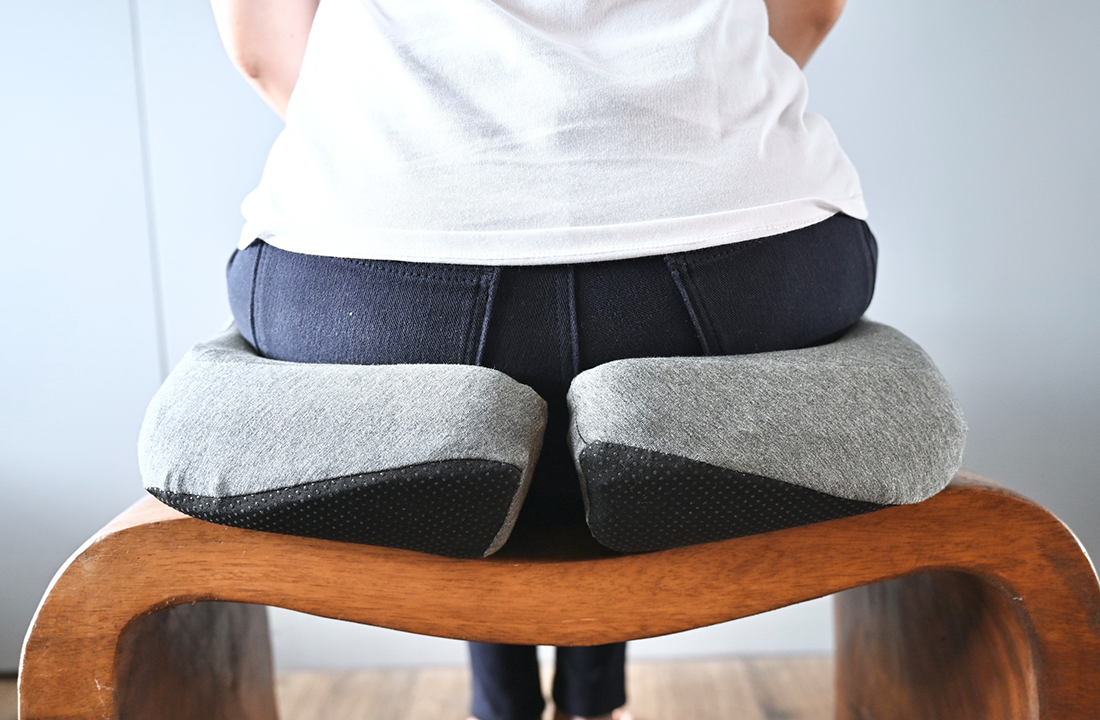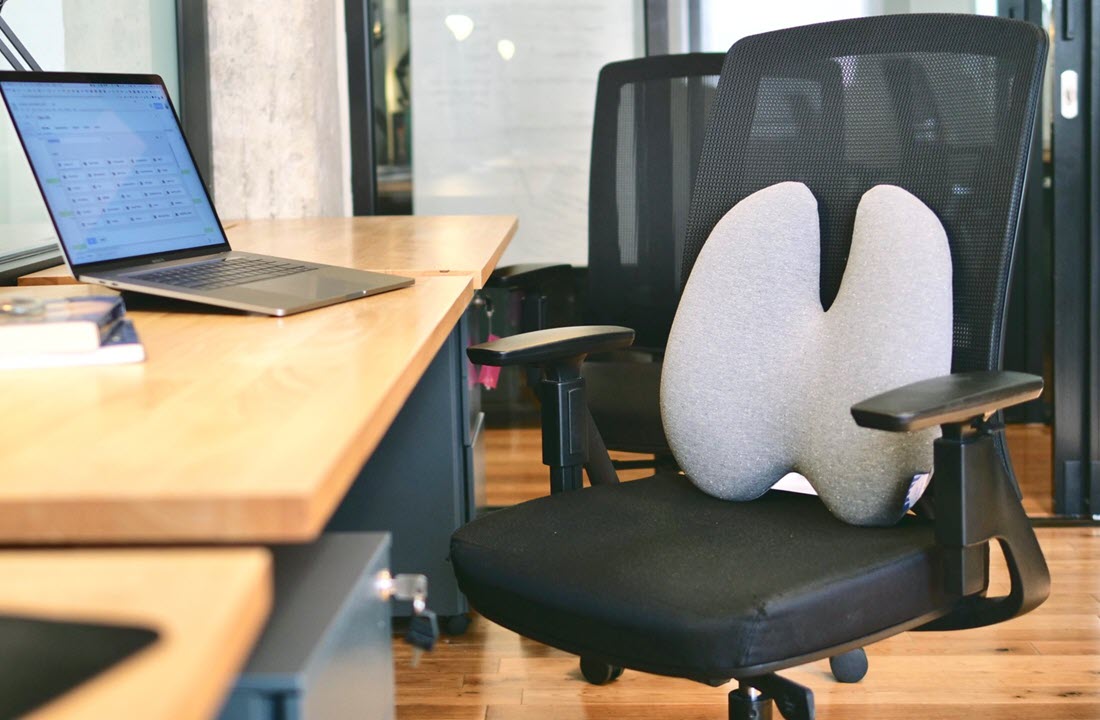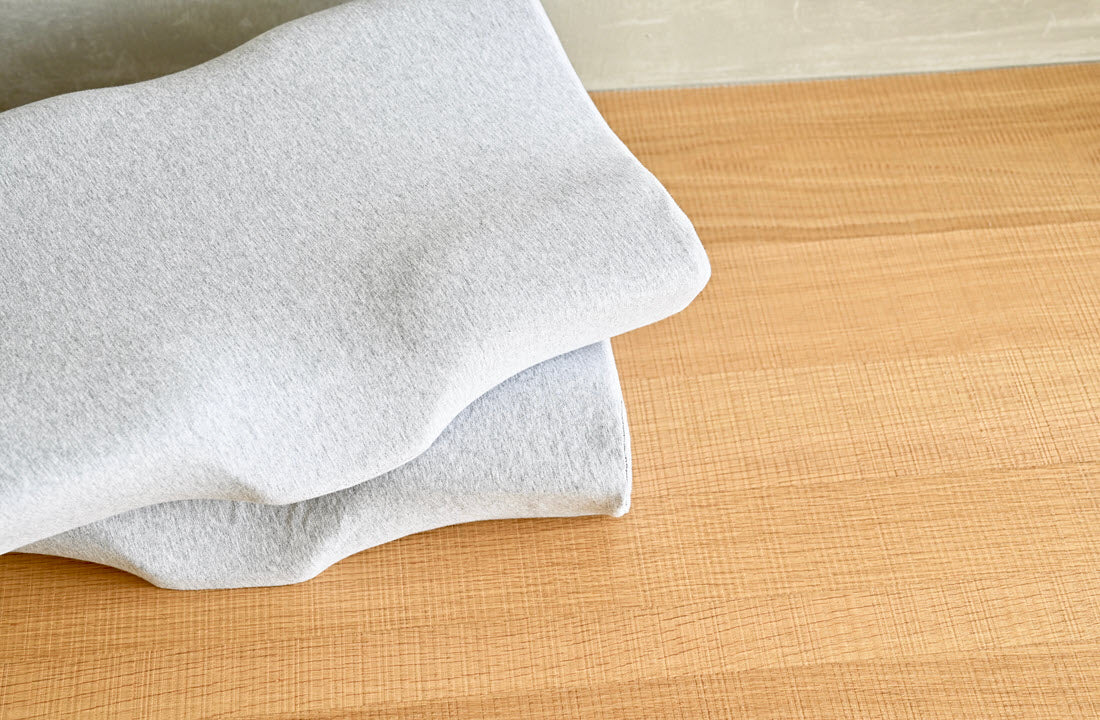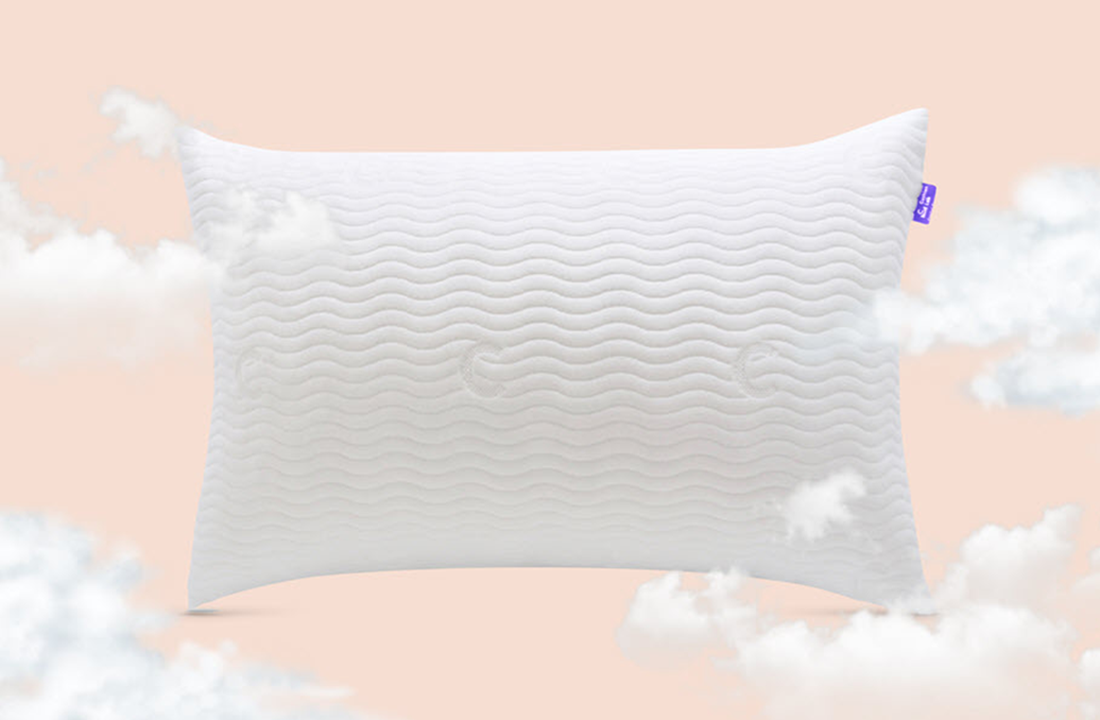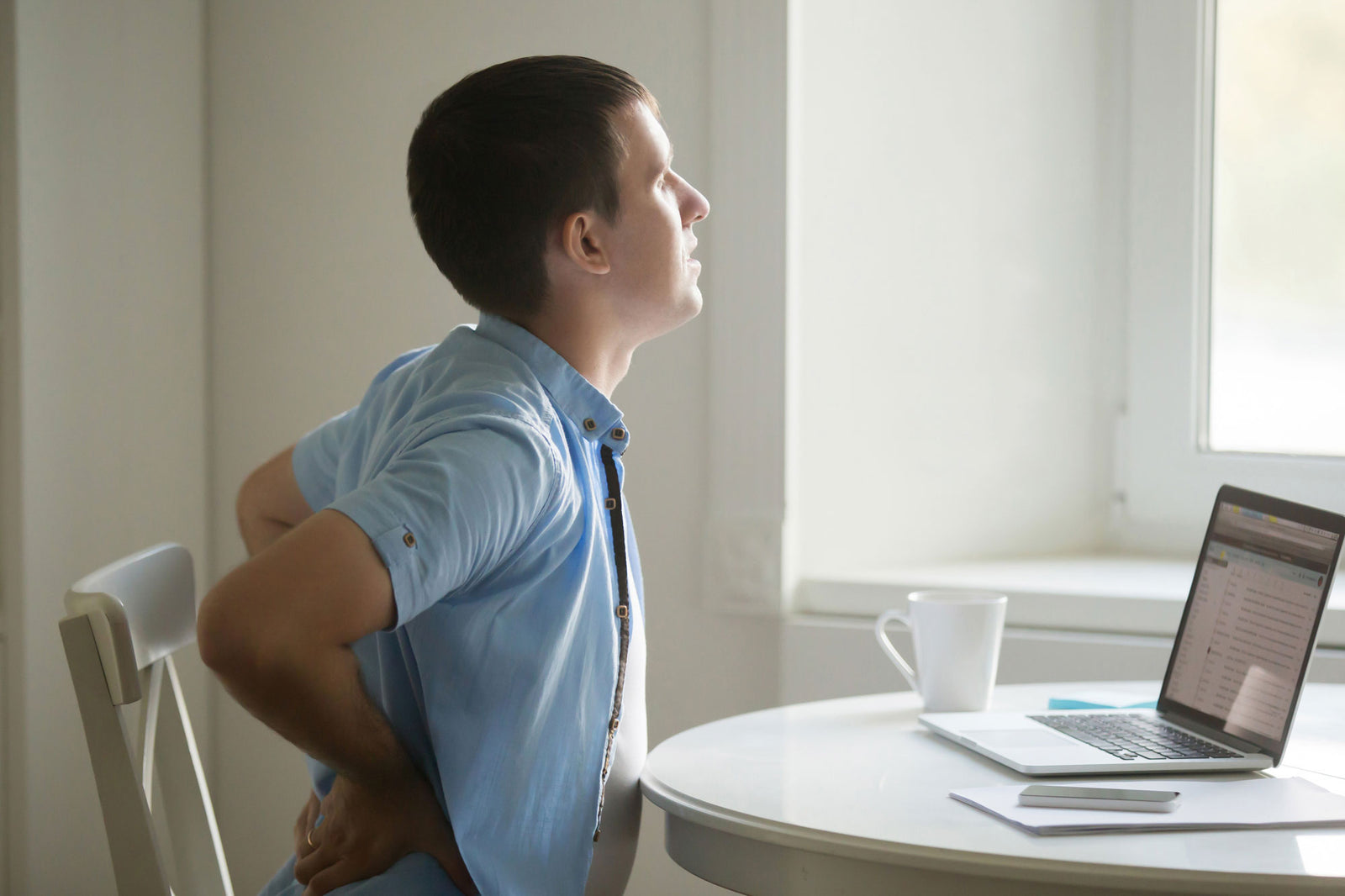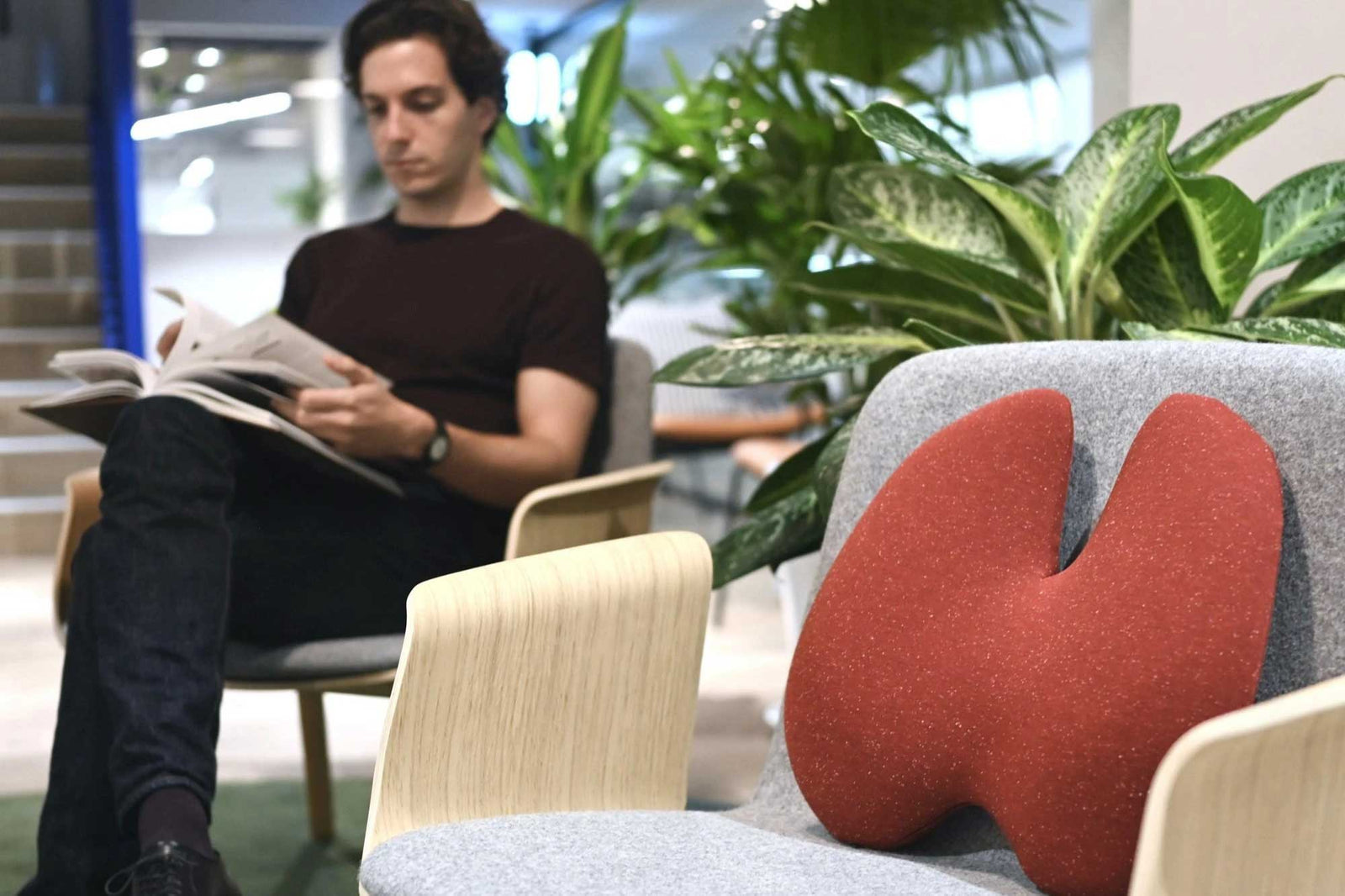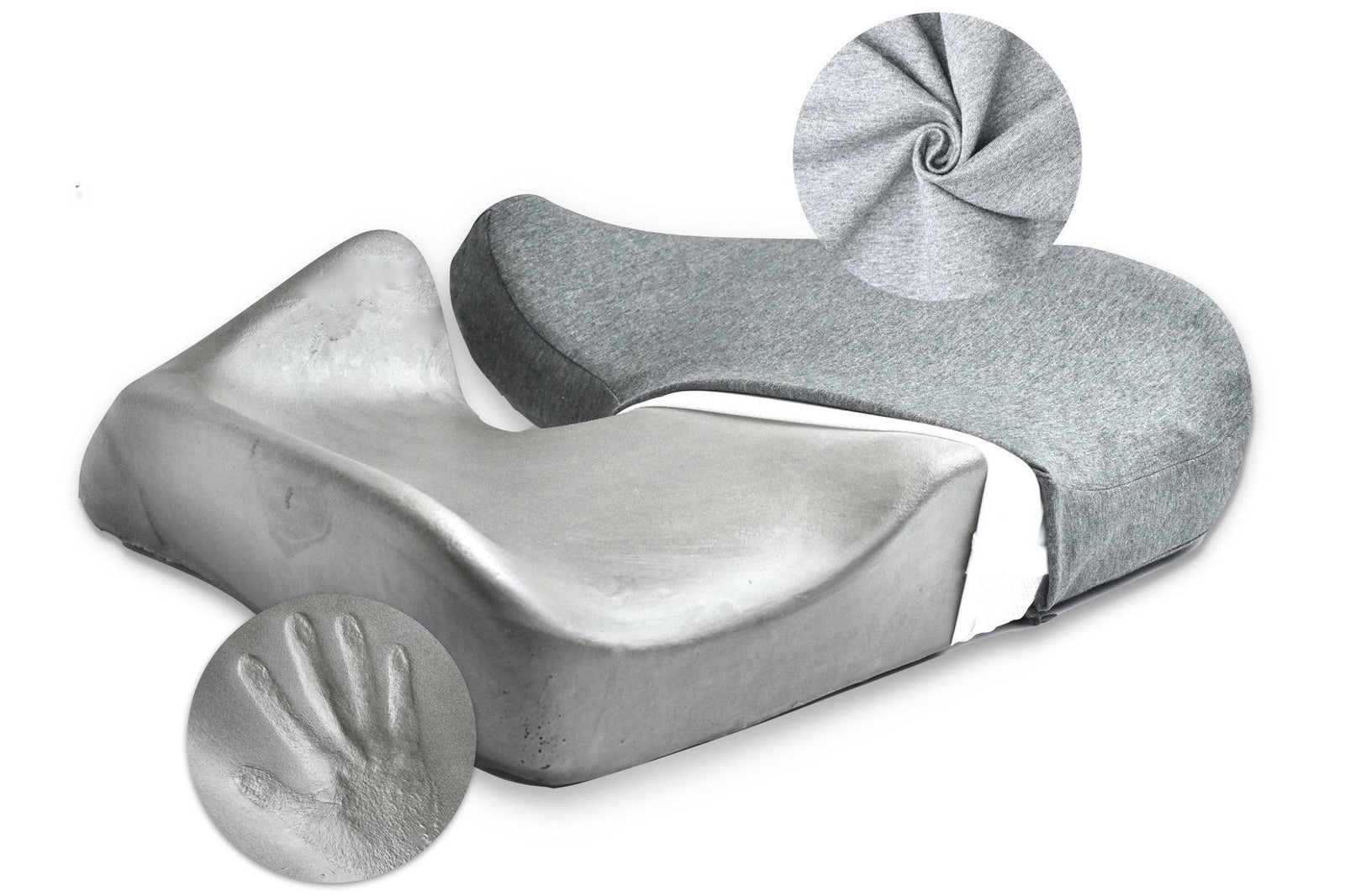Most people pay little attention to the ergonomic design of their office chair. Not until their back starts to hurt or their legs get tingly.
Did you know? One in four U.S. adults sits for more than 8 hours a day.
Spending such a significant amount of time in a seat places pressure on your hips and tailbone. And a chair that doesn't support proper posture can be detrimental to your well-being.
But here’s a fact: You can’t reduce the amount of time you work.
Another fact: You can change how you sit.
Changing how you sit does not require spending a fortune on a high-end ergonomic chair.
You can give your old chair a much-needed posture boost by using an ergonomic seat cushion.
An ergonomic seat cushion comes with tons of benefits:
- Receive lumbar support
- Maintain proper posture
- Reduce stress on your muscles, joints, and bones
- Become more comfortable and productive
- Prevent lower back pain
Unlike a heavy ergonomic chair, the cushion itself is portable. You can carry it when traveling on planes, trains, or cars to make any seat more comfortable.
But what exactly makes it a must-have?

The Best Sleeping Position for Lower Back Pain
1. Promote Good Posture and Reduce Lower Back Pain
Good posture is also known as a neutral spine. It simply means keeping your body in a position where the three curves of your spine — the cervical curve, thoracic curve, and lumbar curve — maintain their natural shape.
Maintaining these natural curves as you sit reduces strain on your back and neck — preventing damage and pain in these areas.
Here’s a simple guide on good sitting posture:
- Your knees should be the same height as your hips or slightly lower. You should have a slight gap between the back part of your knees and the front of the chair.
- Your thighs should be parallel to the ground.
- Your feet should be flat on the ground or a footrest, keeping an even weight on both hips.
- Your shoulders should be relaxed.
- Your upper back and neck should be comfortably straight.
- Your lower back should be supported. If the seat doesn’t offer support, back cushions are there to help.
- Keep your ankles in front of your knees. And avoid crossing your knees or ankles.
While maintaining proper sitting posture isn’t hard to achieve, it is difficult to maintain — particularly when working for long hours with your mind engaged.
And the worst part is, most office chairs don’t offer any back support or promote proper posture. This is especially true if you’re working from home and using a dining chair for your home office.
You’re likely to find yourself slouching or trying to find a comfortable sitting position using awkward positions.
The best seat cushion can help you sit with the right posture by enhancing lumbar support.
It takes the weight off your lower back, making it easier to maintain the spine’s natural curve and avoid lower back pain.
2. Apply Less Pressure to Your Hips, Spine, and Coccyx
As much as you try to maintain proper posture as you sit, a poorly designed chair will still cause discomfort, fatigue, and possibly lower back pain.
This is because most of your weight and pressure are absorbed directly by your hips.
Resting your coccyx (tailbone) on an unpadded seat for long hours, in particular, can cause pain in the area and strain your spine.
To prevent this from escalating to a major health problem such as herniated discs and sciatica, invest in an ergonomic seat cushion.
A seat cushion provides pressure relief by distributing your weight evenly across the seat.
The best seat cushion for your chair will have two main features to relieve pressure on your hips, spine, and tailbone:
- Dense memory foam
- A cut-out design
When your body comes into contact with the memory foam, your body heat softens the material, allowing it to take the shape of your body.
And the best part is that prolonged use does not flatten memory foam pillows. These seat cushions provide evenly distributed support, even as you shift your weight around in the seat.
A cut-out design will relieve tailbone pressure, giving your spine a much-needed break. It will redistribute the compressive force caused by sitting for long periods, reducing strain on your hips.
3. Improve Circulation
One adverse effect of sitting for long hours is poor circulation.
As you sit on the chair, compression caused by the weight of your body pressing down on the seat can constrict your veins. This restricts blood flow in your pelvis, thighs, legs, and back — causing blood to remain in your feet and lower legs.
This can lead to low oxygen levels in the tissues and muscles in these areas. Your body will also have a hard time eliminating metabolic waste.
In addition, sitting is a stationary position that slows the heart down, further restricting your blood flow.
All these will have detrimental effects on your body:
- Your heart will have to work harder to pump blood.
- Reduced blood flow in the muscles will cause fatigue.
- You will experience numbness and tingling in your legs.
- It can result in varicose veins.
It is recommendable to take a break from sitting every 30 minutes for your circulation and heart to remain in optimal condition.
But we know this isn’t always possible, especially during long video calls and work conferences.
In those cases, an ergonomic seat cushion can provide circulation support.
As the seat cushion distributes pressure from your weight evenly across your hips, it reduces compression and promotes blood flow.
4. Provide a Productivity Boost
Discomfort is distracting. And the thought of spending long hours sitting on an ill-fitting office seat kills any motivation to work.
A seat that doesn’t support proper alignment of your spine can cause strain on your muscles and joints as they work extra hard to compensate for the bad posture.
Within a few hours of sitting, you could find yourself experiencing tight hips and stiffness in your neck and shoulders, leading to low productivity.
In addition, postural stress — stress on the body as a result of bad posture and sitting for prolonged periods — will have you fidgeting or crossing and uncrossing your legs to ease the discomfort.
You end up re-adjusting your body from time to time to find the most comfortable sitting position. And this means your mind is not fully engaged in what you’re working on.
Poor circulation means that your muscles will not get a sufficient supply of oxygen. This could cause your energy levels to plummet, further reducing your productivity.
Become a productivity machine with the help of an ergonomic cushion.
A supportive ergonomic seat cushion that yields to the shape of your body will give pure delight to your derriere and make sitting for long periods more tolerable. As a result, you’ll find it easier to give full attention to the task at hand.
With the right posture, better circulation in your legs, and less discomfort in your legs, hips, and lower back, you will feel more energized and get more done.
Choosing the Best Seat Cushions for Your Chair
With advancements in the study of physical health, the design of ergonomic seat cushions has also vastly improved.
Go for a seat cushion that is scientifically designed to improve your posture and relieve pressure as you sit.
Pay special attention to two critical factors — the material and ergonomic design of the seat cushion.
Our revolutionary pressure relief ergonomic seat cushion will provide the comfort and support you need.
The cushion is designed by our in-house team of ergonomists to release muscle tension and guarantee cloud-like comfort as you sit. This ergonomic seat cushion is made with extra thick proprietary memory foam that can support up to 250 pounds without flattening.
Its human-centered design, which includes a split on the back, provides:
- Support for different body types.
- Even distribution of your lower body weight to relieve pressure from your hips and thighs.
- Improved posture.
- Reduced pressure on your tailbone, preventing pain.
The cushion also features non-slip material on the bottom to prevent it from sliding.

Customer Review | Margaret W
Improve How You Sit With an Ergonomic Seat Cushion
Ergonomics plays a huge role not only in your physical health but your mental health as well.
A poorly designed chair can squeeze your hips, misalign your spine, and turn you into a sloucher.
It’s a likely reason you’re less motivated to work, struggling to meet deadlines, and unreasonably tired after only a few hours of working.
By investing in our pressure relief seat cushion, you can make any chair more friendly to your spine, muscles, joints, and hips and improve your posture.
For extra back support, get a back cushion. You can pair our seat cushion with our award-winning lumbar support pillow for ultimate comfort.
At Cushion Lab, we spread positivity and productivity using comfort-inducing products. What’s more, every product is made with eco-consciousness in mind. Place your order today.

